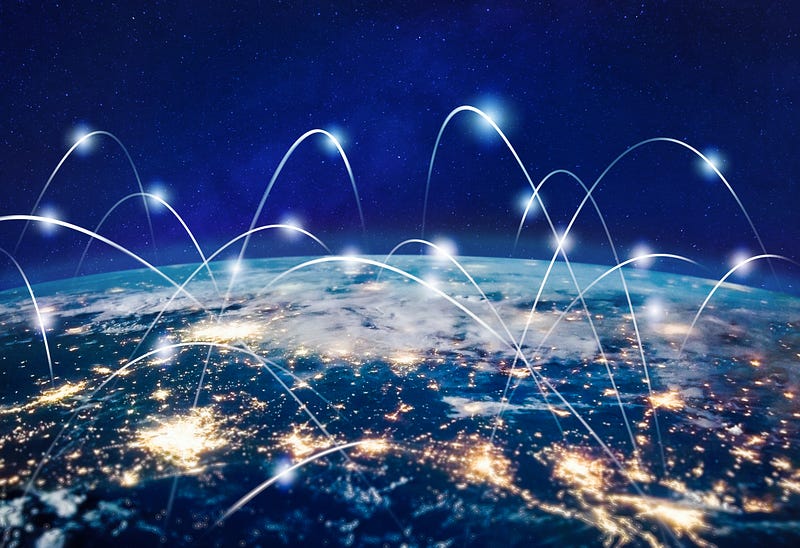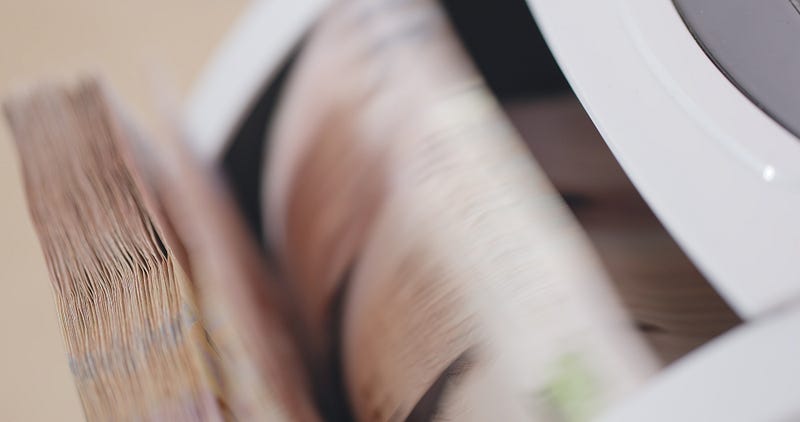Hawala or hewala is a word derived from the Persian word havaleh, literally meaning transfer or trust. In simple words, hawala can be defined as a money transfer method, which exists outside the purview of the traditional banking system, utilizing two or more hawala dealers (also called hawaladars) for moving the “value” cross border based on trust, but without actually transferring the money physically.

A common scenario is a working professional Amit in Dubai who wants to send money to his mother in India. Considering that his mother is living in a remote area with no easy access to a bank, as well as high banking fees, Amit gives Dirham cash to a hawala who can help him send money home. Hawala dealer Raul in Dubai will contact his own network hawala dealer Sonu in India to give Indian rupee cash to Amit’s mom. The common practice is that all parties in one transaction will receive a code to ensure the money is received by the right person.
After the transaction, hawala dealer Raul and Sonu will settle the transactions by their own ways — either equivalent goods, services, or money transfer at a later date to settle accounts. This is how hawala dealers move “value” without actually sending physical money across the border. The entire transaction is predominantly based on trust, working with people they know.
History of Hawala: Ancient Cross-Border Financial System
The hawala system has existed from around the 8th Century onwards and has its roots in the Indian subcontinent. In the ancient time, traveling with gold or other precious metals as payment methods were extremely inconvenient, especially on routes often infested with bandits. So the hawala system was used for trade financing between India, Arabic and Muslim traders, operating in the silk route. In different parts of the world, hawala is known by various names like Fei-Ch’ien (China), Padala (Philippines), Hundi (India), Hui Kuan (Hong Kong), and Phei Kwan (Thailand).

Today, the hawala system is still very active, especially in developing countries. On one hand, hawala is used for the legitimate transfer of funds mostly by the migrant worker’s remittances to their homeland. Hawala helps people skip hassles and shorten documentation processes. On the other hand, many people are concerned about the anonymity and lack of documentation of the hawala system, which creates a certain space for illegal activities, such as funding terrorism and money laundering. Mohammed El-Qorchi, Senior Economist, Monetary and Exchange Affairs Department, IMF has highlighted similar findings in his report The Hawala System.
Reasons why the Hawala network exists
The Hawala Alternative Remittance System and its Role in Money Laundering, a joint report by FINCEN & Interpol lists out the main reasons why people choose to use the hawala system over the traditional banking system:
- Cost-effectiveness
- Efficiency
- Reliability
- Lack of bureaucracy
Lack of paper trail and tax evasions are not a cause of concern at the micro-levels, however, the cumulative effect is highly alarming and often this informal way is exploited for illegal money transfers. The financial health of a country is closely interlinked with the net remittance it receives via the official channels, but even then, most South Asian and African countries have a parallel “black market” economy amounting to 30–50% of the original “white market” economy.
Many people might criticize the hawala system as a malignant tumor of the economy. However, the malfunction and failure of the formal system is the major reason that pushes people to look for other options, especially in developing countries.
Faisal Khan, a renowned payment consultant, has termed the hawala system as an “industrial lubricant” which makes both these economies work in sync. Khan also argues that the hawala networks sometimes work as the tacit support of the authorities themselves since the transactions and volume of these informal networks are very limited and small, which may or may not be the case in reality.
Fate of Hawala Post 9/11 Attacks on USA
The 9/11 attacks on the US soil made SEC and FINCEN take notice of the channels of terror financing using the hawala networks. Following this, a concerted effort was launched globally which clamped down upon the activities of various hawala networks.
The so-called 40+9 rule was recommended in 2001 by FATF to further integrate the informal economy with the existing financial system. Moreover, various governments have incentivized remittance by formal routes by giving prioritized services, tax credits, etc to hasten the integration process. For more detailed studies, please read the reference listed at the end of this article.
Hawala, the ancient financial system, is now a modern criminal apparatus. However, it’s also a boon and necessary support to the unbanked society and the under-served population.

Conclusion
In retrospect, hawala exists simply because of the inherent needs of a certain section of the population as the banking system has failed to be affordable and approachable for all classes of people, especially to the migrant population. According to a World Bank report published in December 2021, globally, sending remittances costs an average of 6.51 percent of the amount sent. Apart from the unbearable cost, many people in developing countries are unbanked, due to a lack of identity documents, permanent address, personal credit history, or employment proof, etc. Not only that, poor people or minorities are not comfortable with walking into a bank for fear of being rejected or humiliated.
The expectations that hawala should follow the regulations designed for the modern banking systems are quite strange, as mostly the system of hawala services people who are under-served and failed by the existing financial system. That’s exactly the reason why the hawala network is built on traditionally trust and personal relationships.
Hawala is an ancient but currently illegal way of transferring cross-border payments. It’s quick, cheap, efficient, and anonymous. Indeed, there are always bad operators in any system and there have been considerable conflicts between the modern financial regulations and hawala transactors, leading to multiple new guidelines. However, the existing financial system does not serve everyone and those under-served are still seeking for alternatives to support their need for money service.
Today, there are more options and alternatives for the under-served, such as fintech, cryptocurrencies, and blockchain. For example, Clear Currency and XREX minimize the risk through advanced technology and offer the same affordability, accessibility, efficient cross-border money service to everyone, especially in emerging economies. Fully partnered with regulated entities like Sum&Substance, CipherTrace, and TRISA.IO, XREX takes care of the stringent identity verification, anti-money laundering mechanism, and system transparency.



